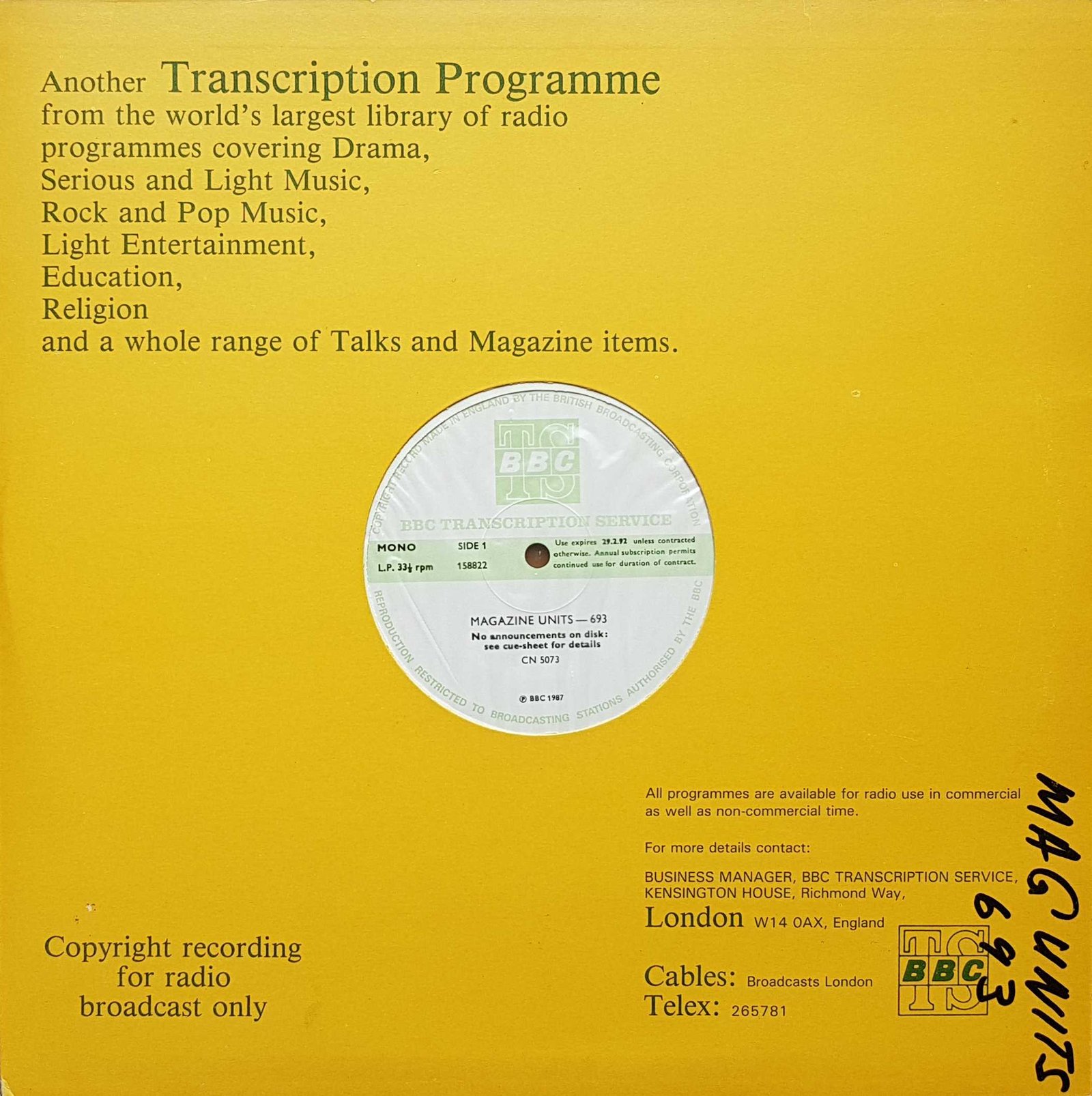The story of the Queen Liners began in the late Twenties, when the Cunard Company, which had been ferrying the Atlantic since 1840, decided that the Southampton - New York run demanded a weekly express service, operated by two very fast, very large vessels. RMS Queen Mary (81,327 tons) was launched in 1934, and made her maiden voyage in May, 1936. Her sister ship, RMS Queen Elizabeth (83,673 tons), was launched in September, 1938 - but by the time she was completwd war had already broken out in Europe. In 1940, the Queen ELizabeth, apinted a drab wartime grey, made a secret dash across the Atlantic, to join the Queen Mary in New York.
Stripped of their splendid fittings, the Queens became the largest, fastest troop transports in history. They carried a million and a half servicemen more than a million miles to battlefronts throughout the world, including a good proportion of the American Expeditionary Force, a division at a time, to Europe. Sir Winston Churchill said of them: "Vital decisions depended on their ability continuously to elude the enemy, and without their aid the day of final victory must unquestiomably have been postponed."
When peace finally came to Europe, the Queens were given the happier task of taking the American and Canadian soldiers home.
In March, 1946, the Queen Elizabeth arrived at her home port, Sounthampton, to be fitted out to take her place as the giant flagship of the Cunard Fleet, a floating Grand Hotel. She was six years old, and had already made sixty voyages, when she started off on October 16th, 1946, on her maidfen passenger voyage to New York. The Queen Mary joined her on the Transatlantic run nine months later; and the weekly express service, conceived twenty years earlier, was a reality at last. Over the years, the Queen Liners have become the most famous passenger ships in the world. Huge, fast and reliable, each has provided an elegant refuge from the cares of everyday life, offering every luxury and facility, every service and creature comfort, that civilised man has yet devised. Their names evoke a distinctive kind of glamour; and for the millions who have travelled in them, across the Agtlantic, or cruising in sunny climes, a special nostalga. Nothing quite like them will ever sail again.
Written byRobert Stannage
Produced byH. A. T. Rogers |
BBC Radio Enterprises Ltd et BBC Enterprises Ltd, prédécesseurs de BBC Worldwide / BBC Worldwide Ltd., la branche commerciale de la BBC. Créées respectivement en 1968 et 1979, elles étaient une filiale entièrement détenue par la BBC et ont fusionné avec BBC Worldwide en 1995. À cette époque, des sociétés étaient créées ou structurées au sein de marques faisant partie de l'entreprise pour gérer des parties distinctes de l'entreprise. par exemple. BBC Records pour l'audio enregistré. Parfois écrit sous le nom de BBC Enterprise Ltd.
Les éléments présentés ici proviennent de la bibliothèque "principale" de BBC Records and Tapes couvrant une large sélection de genres allant de thèmes, de comédies dramatiques et autres, en fonction du format que vous avez sélectionné. |
 BBC Radio Enterprises - RE 8
BBC Radio Enterprises - RE 8
 BBC
BBC



 Main menu
Main menu

